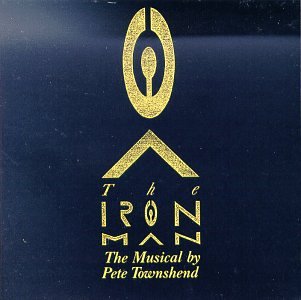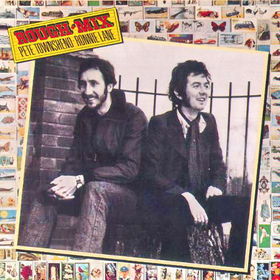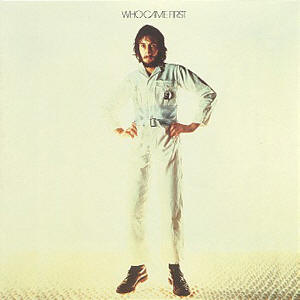
"The Iron Man" (1989) Was A Musical That Ended Reuniting Pete Townshend With The Who
When Tommy was being recorded, there was a big issue: whether or not to use outside musicians to fill in all the different roles. The Who finally decided not to, and it was the right choice – the whole opera would have escalated otherwise, and replicating it onstage would have been impossible without dazzling logistics. The legendary performances that we can listen to today in albums like Live At The Isle of Wight and the Woodstock soundtrack would never have been. And the sanitized performances that we have as part of boxed sets like Join Together just put a fine point on it all.
However, knowing that Tommy was once considered as a multitudinous project is vital, as it shows that big conceptual schemes in terms of participants had been lodged on Pete’s brain for a long time. He finally had a chance to let that come to fruition in 1989 with the musical “The Iron Man”.
The CD marked the first time Pete had adapted somebody else’s work, as the opera was based on the child’s tale by poet laureate Ted Hughes. Townshend invited musicians from all over the specter to lend their talents, and these ranged from blues legend John Lee Hooker and jazz stalwart Nina Simone to vocalists like Chyna and Australian rocker Deborah Conway. Likewise, he drafted his younger brother Simon and old-time associate Billy Nicholls to sing backup. But most importantly (and tellingly in the long run) was that the Who guested on two tracks, the excellent “Dig” and the ineffective cover of “Fire” by the Crazy World Of Arthur Brown (a song Pete had produced in the 60s and taken all the way to number one).
The reunion with the Who was most tellingly because Pete (who had resisted touring with his former compadres for so long) was to finally abdicate and agree to a massive tour of arenas backed by a large ensemble band including percussionists, vocalists and someone else playing electric guitar – Pete was to play mostly acoustic on the “quiet” side of the stage, shielded from the wall of sound. These performances were to result on the live “Join Together” boxed set, a much-reviled collection of live songs. In a certain sense, Pete and the guys had the right to try something different. They had never toured with such a band before, so they had a good excuse. Money also factored heavily at that time, but I already discussed that here. Continue reading


